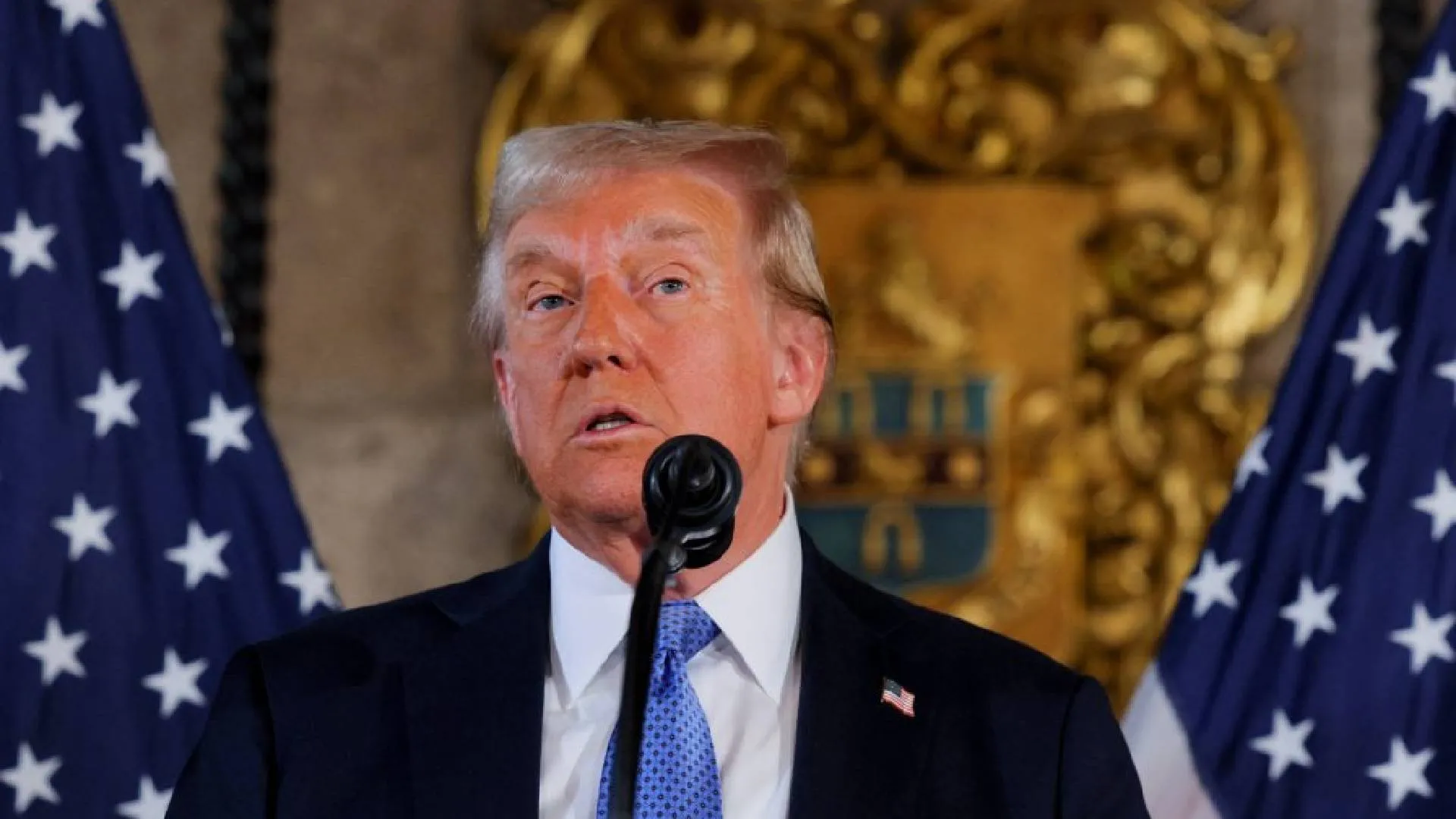Global trade growth in 2023 is still expected to be subpar despite a slight upgrade to GDP projections since last fall, WTO economists said in a new forecast on 5 April.
Weighed down by the effects of the crisis in Ukraine, stubbornly high inflation, tighter monetary policy, and financial market uncertainty, the volume of world merchandise trade is expected to grow by 1.7 percent this year, following 2.7 percent growth in 2022, a smaller-than-expected increase that was pulled down by a sharp slump in the fourth quarter.
The WTO’s trade projections, set out in the new “Global Trade Outlook and Statistics” report, estimate real global GDP growth at market exchange rates of 2.4 percent for 2023. Projections for both trade and output growth are below the averages for the past 12 years of 2.6 percent and 2.7 percent, respectively.
WTO Director-General Ngozi Okonjo-Iweala said, “Trade continues to be a force for resilience in the global economy, but it will remain under pressure from external factors in 2023. This makes it even more important for governments to avoid trade fragmentation and refrain from introducing obstacles to trade. Investing in multilateral cooperation on trade, as WTO members did at our Twelfth Ministerial Conference last June, would bolster economic growth and people’s living standards over the long term.”
The 2.7 percent increase in world trade volume in 2022 was weaker than the WTO’s October forecast of 3.5 percent, as a sharper-than-expected quarter-on-quarter decline in the fourth quarter dragged down growth for the year. Several factors contributed to that slump, including elevated global commodity prices, monetary policy tightening in response to inflation, and outbreaks of COVID-19 that disrupted production and trade in China.
Notably, trade growth last year turned out to be in line with the 2.4 percent to 3.0 percent baseline scenario in the WTO’s March 2022 initial report on the war in Ukraine and well above its more pessimistic scenario, in which trade would have grown just 0.5 percent as countries started to split into competing economic blocs.
In the event, international markets remained broadly open. A follow-up study the WTO released last month documented how vulnerable economies were able to compensate for essential food supplies cut off by the war by finding alternative products and suppliers. The 1.7 percent forecast for trade growth in 2023, meanwhile, is up from the previous estimate of 1.0 percent from last October. A key factor here is the relaxation of COVID-19 pandemic controls in China, which is expected to unleash pent-up consumer demand in the country, in turn boosting international trade.
















